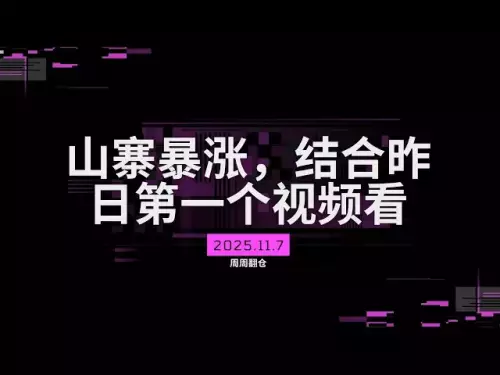-
 bitcoin
bitcoin $105968.894684 USD
4.17% -
 ethereum
ethereum $3639.320047 USD
7.62% -
 tether
tether $1.000339 USD
0.06% -
 xrp
xrp $2.407774 USD
5.96% -
 bnb
bnb $1011.704193 USD
2.28% -
 solana
solana $166.942754 USD
6.37% -
 usd-coin
usd-coin $1.000143 USD
0.03% -
 tron
tron $0.291515 USD
0.25% -
 dogecoin
dogecoin $0.181682 USD
4.06% -
 cardano
cardano $0.585450 USD
4.54% -
 hyperliquid
hyperliquid $42.099968 USD
5.20% -
 chainlink
chainlink $16.160745 USD
5.45% -
 zcash
zcash $645.269648 USD
12.96% -
 bitcoin-cash
bitcoin-cash $507.430338 USD
2.80% -
 stellar
stellar $0.290357 USD
3.69%
What is the decentralization of blockchain?
Blockchain decentralization empowers networks by distributing control and enhancing security, transparency, and immutability of data and transactions, making them resistant to censorship and malicious attacks.
Feb 18, 2025 at 12:36 am
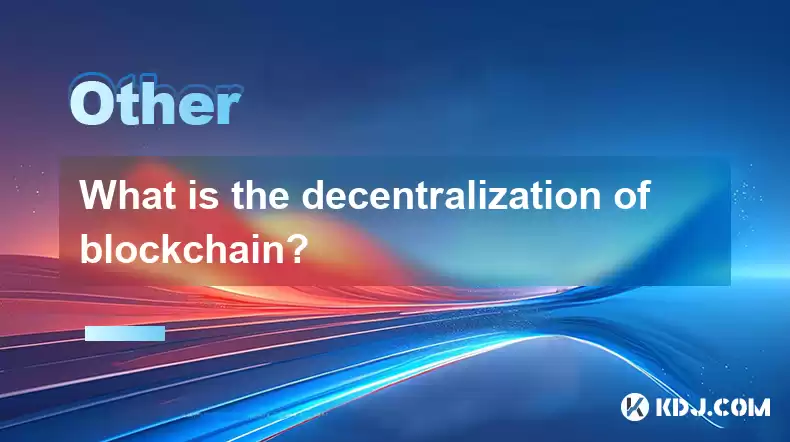
- Decentralized networks distribute power and control across a network of participants, rather than concentrating authority in a single central entity.
- Blockchain technology employs decentralization to enhance security, transparency, and immutability of data and transactions.
- Decentralized blockchains are resistant to censorship, tampering, and malicious attacks.
- Elimination of Centralized Control:
Blockchain decentralization eliminates the need for a central authority or intermediary to oversee or validate transactions. Instead, power is distributed among a network of independent nodes that maintain a complete copy of the blockchain. Each node has equal rights and responsibilities within the network, preventing any single entity from gaining undue influence.
- Consensus Mechanisms for Decentralization:
To ensure that all nodes on the blockchain agree on the same state of the ledger, decentralized protocols employ consensus mechanisms such as Proof of Work (PoW), Proof of Stake (PoS), or Byzantine Fault Tolerance (BFT). These mechanisms ensure that new blocks and transactions are validated and appended to the blockchain accurately and reliably.
- Transparency and Auditability:
Decentralized blockchains provide unparalleled transparency as all transactions and data are recorded on the public ledger. Every node has access to a complete and immutable record of the blockchain, enabling transparency and auditability of all activities. This prevents any individual or organization from manipulating or altering data without the knowledge of the entire network.
- Increased Security:
Centralized systems are prone to hacking and security breaches as they often have a single point of failure. In contrast, decentralized blockchains distribute data across a vast network of nodes, making it virtually impossible to compromise or alter the entire system. Malicious actors would need to control a majority of the nodes to launch a successful attack, which is highly improbable.
- Prevention of Censorship and Interference:
Decentralized blockchains are not subject to censorship or interference from external entities. Transactions and data recorded on the blockchain are immutable and cannot be selectively deleted or altered by governments, corporations, or other malicious actors. This protects users from having their activities monitored or suppressed.
- Increased security, transparency, and resistance to censorship and interference.
- Elimination of central points of failure and reliance on trusted third parties.
- Promotion of fair and equal participation in network governance and decision-making.
- In decentralized systems, power is distributed across multiple nodes, while in centralized systems, control is held by a single entity.
- Decentralized blockchains are immutable and transparent, while centralized systems can be manipulated and data can be altered.
- Decentralized networks are more secure and resistant to malicious attacks compared to centralized systems.
- Maintaining a balance between decentralization and efficiency, as fully decentralized systems can be slower and less scalable.
- Ensuring that nodes remain independent and do not collude to compromise the network's integrity.
- Addressing scalability issues as the network grows and the number of transactions increases.
Disclaimer:info@kdj.com
The information provided is not trading advice. kdj.com does not assume any responsibility for any investments made based on the information provided in this article. Cryptocurrencies are highly volatile and it is highly recommended that you invest with caution after thorough research!
If you believe that the content used on this website infringes your copyright, please contact us immediately (info@kdj.com) and we will delete it promptly.
- Ripple (XRP) in 2026: Hold or Fold? A Look at XRP's Future and Emerging DeFi Alternatives
- 2025-11-08 18:35:01
- Zcash ZEC Coin Price Explosion: From Privacy Niche to Center Stage
- 2025-11-08 18:55:01
- Berachain Price Prediction: Navigating the Honeycomb Hype in Crypto
- 2025-11-08 18:55:01
- Arthur Hayes, Gold, and Bitcoin: A Modern Monetary Trinity?
- 2025-11-08 19:15:01
- Shiba Inu's Next Move: Navigating a Shifting Market
- 2025-11-08 19:20:01
- Pakistan's Crypto Crossroads: Balancing Opportunity with Asset-Backed Realities
- 2025-11-08 19:20:01
Related knowledge
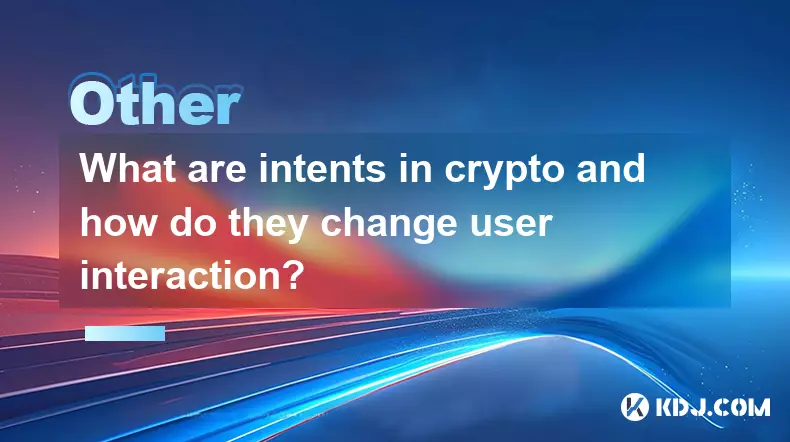
What are intents in crypto and how do they change user interaction?
Nov 09,2025 at 09:00am
Understanding the Role of Decentralized Exchanges in Modern Crypto Trading1. Decentralized exchanges, commonly known as DEXs, have reshaped how trader...
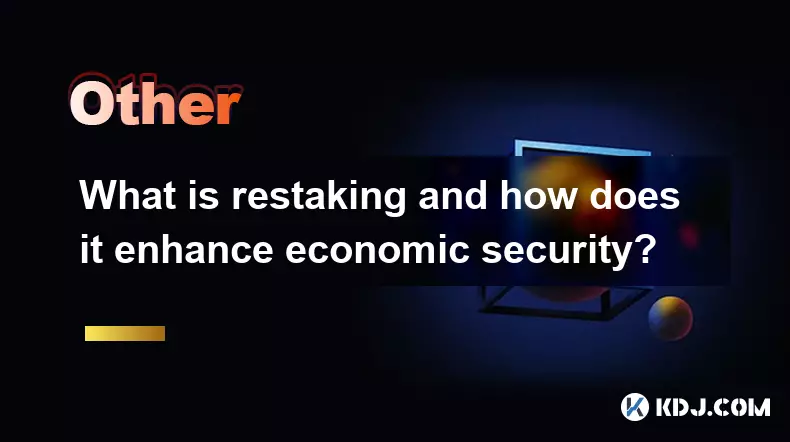
What is restaking and how does it enhance economic security?
Nov 09,2025 at 11:40pm
Understanding Restaking in the Blockchain Ecosystem1. Restaking refers to the process where users who have already staked their tokens in a proof-of-s...

What is a sovereign rollup and how does it differ from a smart contract rollup?
Nov 10,2025 at 09:00am
Understanding Sovereign Rollups1. A sovereign rollup operates as an independent blockchain layer that leverages the data availability of a base layer,...
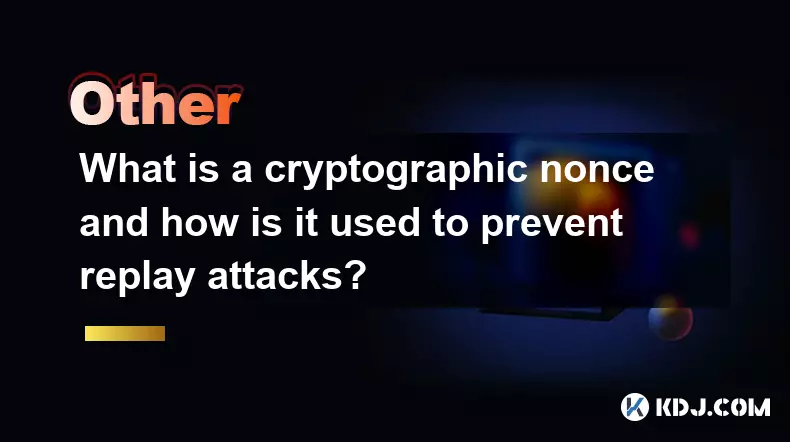
What is a cryptographic nonce and how is it used to prevent replay attacks?
Nov 08,2025 at 05:00pm
Understanding Cryptographic Nonces in Blockchain Systems1. A cryptographic nonce is a number used only once within a specific cryptographic communicat...
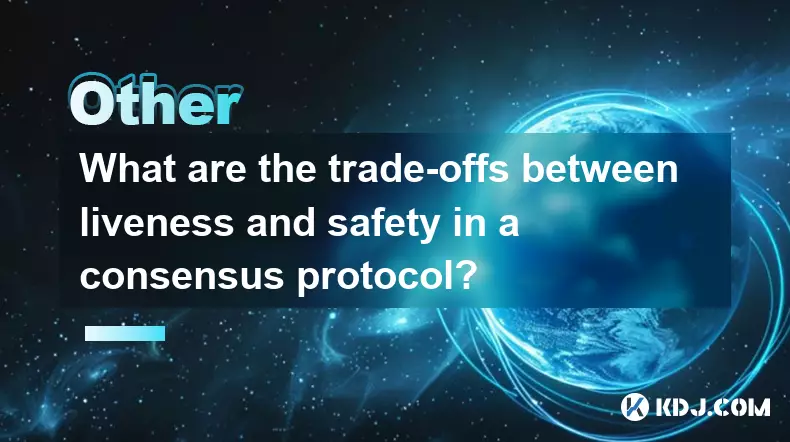
What are the trade-offs between liveness and safety in a consensus protocol?
Nov 09,2025 at 12:20pm
Understanding the Role of Liquidity Pools in Decentralized Finance1. Liquidity pools are foundational components within decentralized exchanges (DEXs)...

What is a call data in an Ethereum transaction and how is it used?
Nov 09,2025 at 01:59am
Understanding Call Data in Ethereum Transactions1. Call data refers to the information sent along with a transaction on the Ethereum network that spec...

What are intents in crypto and how do they change user interaction?
Nov 09,2025 at 09:00am
Understanding the Role of Decentralized Exchanges in Modern Crypto Trading1. Decentralized exchanges, commonly known as DEXs, have reshaped how trader...

What is restaking and how does it enhance economic security?
Nov 09,2025 at 11:40pm
Understanding Restaking in the Blockchain Ecosystem1. Restaking refers to the process where users who have already staked their tokens in a proof-of-s...

What is a sovereign rollup and how does it differ from a smart contract rollup?
Nov 10,2025 at 09:00am
Understanding Sovereign Rollups1. A sovereign rollup operates as an independent blockchain layer that leverages the data availability of a base layer,...

What is a cryptographic nonce and how is it used to prevent replay attacks?
Nov 08,2025 at 05:00pm
Understanding Cryptographic Nonces in Blockchain Systems1. A cryptographic nonce is a number used only once within a specific cryptographic communicat...

What are the trade-offs between liveness and safety in a consensus protocol?
Nov 09,2025 at 12:20pm
Understanding the Role of Liquidity Pools in Decentralized Finance1. Liquidity pools are foundational components within decentralized exchanges (DEXs)...

What is a call data in an Ethereum transaction and how is it used?
Nov 09,2025 at 01:59am
Understanding Call Data in Ethereum Transactions1. Call data refers to the information sent along with a transaction on the Ethereum network that spec...
See all articles





















![The Graph Price Prediction [GRT Crypto Price News Today] The Graph Price Prediction [GRT Crypto Price News Today]](/uploads/2025/11/07/cryptocurrencies-news/videos/690d4df44fe69_image_500_375.webp)



